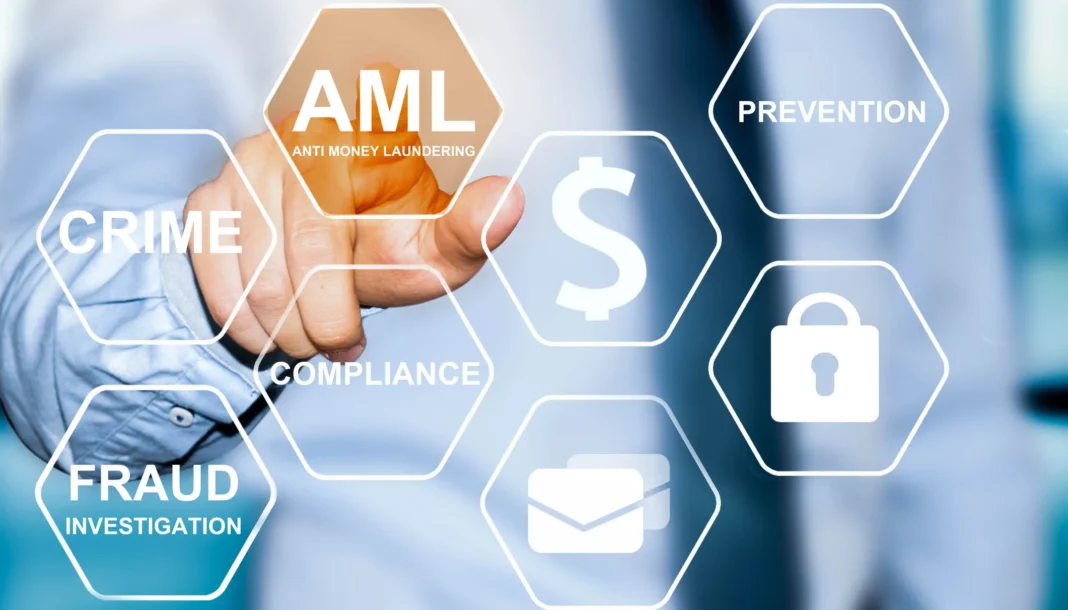In the fast-paced world of crypto trading, compliance isn’t just a box to tick — it’s a shield that keeps platforms and traders on the right side of the law. BTC AML check can mean the difference between smooth operations and frozen funds.
At its core, AML verification is about making sure that funds flowing through financial systems — including exchanges, OTC desks, and payment processors — aren’t linked to illicit activity. For traders, it’s not just a regulatory requirement; it’s a safeguard for your assets and reputation.
What is Anti-Money Laundering (AML), and Why is It Important?
Anti-money laundering (AML) compliance checks are a mix of procedures, tools, and regulations designed to keep criminals from turning “dirty” money into “clean” assets. They work hand in hand with KYC (Know Your Customer) measures to confirm identities, understand transaction patterns, and flag suspicious behavior before it becomes a bigger problem. The importance of AML is explained by:
- Protection. By running proper AML compliance checks, businesses reduce exposure to scams, fraud, and reputational damage.
- Regulatory alignment. Financial institutions and crypto platforms must meet global money laundering prevention standards, from EU directives to U.S. FinCEN rules.
- Efficient onboarding. When done right, AML checks don’t just protect — they also speed up onboarding by using automated data verification while staying compliant.
Risk Assessment for AML – How is It Done?
A risk assessment for AML is essentially the “health check” of a customer’s financial profile. It begins with customer due diligence (CDD) — collecting personal and business data, validating it with trusted sources, and understanding the purpose of the account or transaction. Once the basics are in place, firms score clients based on factors like:
- Jurisdiction of residence or operation
- Type and size of transactions
- Political exposure
- Industry risk.
For higher-risk cases, enhanced due diligence (EDD) comes into play. This digs deeper into the source of funds, scrutinizes transaction flows, and often requires more frequent reviews. Continuous transaction monitoring then ensures that unusual patterns — like rapid movement of funds through multiple wallets — are spotted in real time.
Top 5 AML Compliance Checks Every Platform Should Run
Here are the top 5 AML checks:
- Structuring detection. Criminals may split large transactions into smaller ones to dodge reporting thresholds. Systems should spot these patterns over a set timeframe to support financial crime prevention.
- Unusual spending behavior. By comparing a customer’s activity to their usual patterns, platforms can flag anomalies, such as a sudden spike in trade volume or asset withdrawals inconsistent with their profile.
- High-risk country monitoring. Part of AML compliance checks is blocking or flagging transfers to jurisdictions known for lax oversight, tax secrecy, or sanctions. Lists of such countries must be constantly updated to stay effective.
- Cash-heavy transactions. While crypto is digital, fiat gateways can still be exploited. Large or repeated cash deposits, especially from clients with no legitimate reason for such activity, should trigger alerts under CDD protocols.
- Rapid crypto conversions. Converting illicit fiat into digital assets — and back again — is a common laundering method. Automated systems should monitor for quick swaps between currencies or into privacy coins, which may indicate attempts to hide the money trail.
By understanding and applying these top 5 checks, traders and platforms can ensure robust money laundering prevention, stay ahead of regulatory changes, and keep trust at the heart of every transaction. When compliance is done right, it doesn’t slow the market — it keeps it moving safely.
